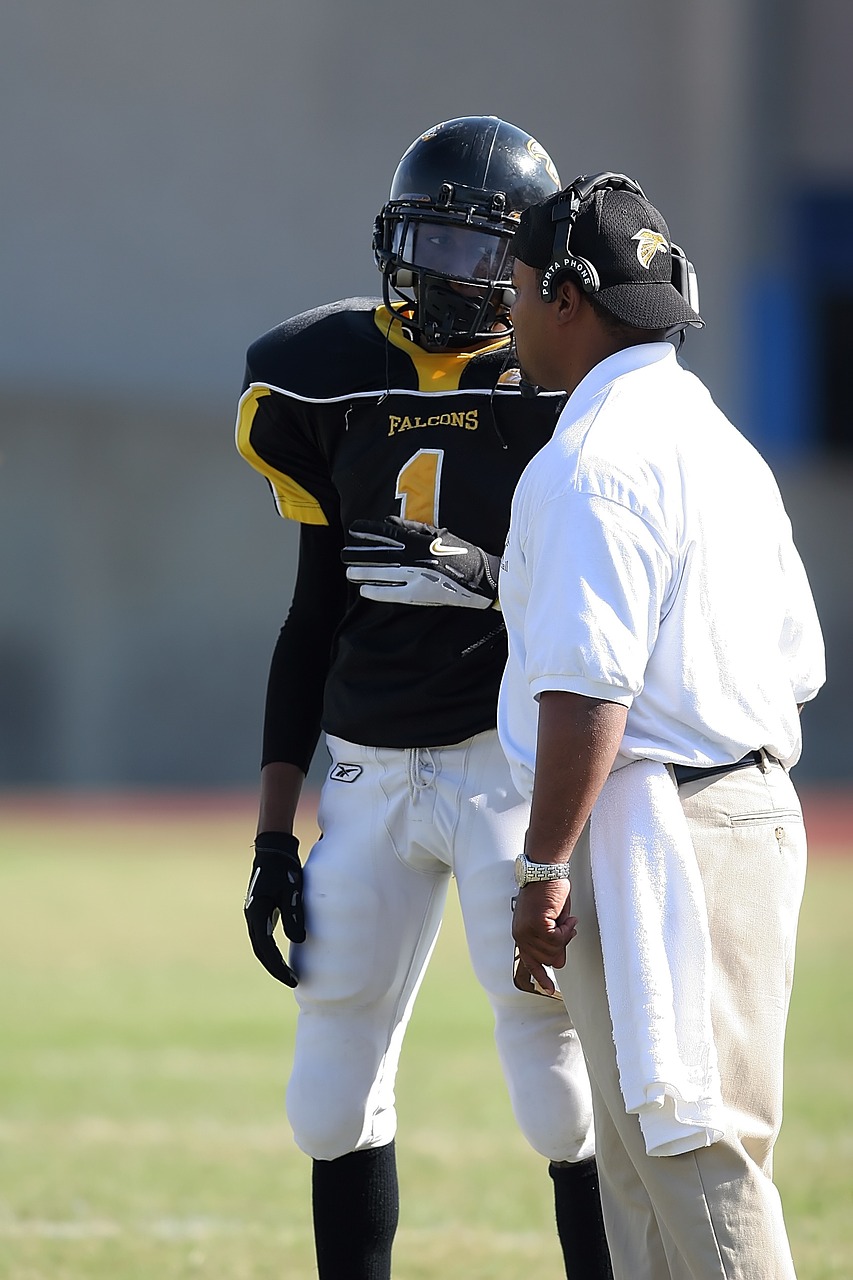
Due in part to my wide and varied interests I’ve experienced a lot of coaching over the years. From piano lessons to indoor skydiving coaching I’ve seen a ton of different techniques and styles. My wife, Jen Sinkler, in her capacity has a fitness editor for a decade has quite possibly attended more fitness workshops than anyone else as well as having played rugby at an elite level thus had dozens of different coaches. We’ve been able to witness and experience a LOT of coaching.
What you may think of when you think of instruction or coaching is someone telling you how to do something new to you. And sure that might be part of it. But there’s much more that a good coach actually provides:
Safety: When you’re stepping outside your comfort zone to learn something new or go somewhere you’ve never gone before you want to know that you’re safe. Sometimes that’s literal safety like knowing you’re not going to get hurt with a new movement (or by slamming into the wall in the wind tunnel like I’m always afraid of) and sometimes it’s a more general sense of trust that you’re in good hands and it’s okay that it’s uncomfortable because you trust you’re safe.
Communication: Telling someone something is not the same as communicating. To communicate the other party has to receive the message, and that’s not always the case. A good coach however is a master communicator, always honing the message and tweaking it based on their judgement of how well you’re receiving it. You can see this when you watch a coach repeat the same cues without any change happening – they’re not adjusting the message to make sure communication is actually happening. Communication also means you understand the big picture and intention behind what you’re doing, not just the motions.
Instruction: This is, in my opinion, the least important piece as compared to the other two. If you feel like, and are, in a safe environment for experimentation you will eventually figure out whatever you need to although maybe not as quickly. And without communication the instruction is useless. But of course a piece of coaching is the actual methods of instruction. Some are demonstrably visibly better than others. I’ve worked with coaches who have made something click in one session that has taken others multiple sessions to not even break new ground on. A good coach experiments with different techniques and methods until they find the best practices that work with most people, but they also keep all the other ones in their back pocket in case the usual tricks don’t work.
These are the biggest and most important things that a good coach provides. There are others, but you’ll find the common thread among great coaches is that they fulfill these needs first and then everything else is just the cherry on top.
I was thinking about coaching for two reasons. One is that I was doing some flying in the vertical wind tunnel last night and experienced some of the best coaching I’ve ever had so it got my gears turning about what made it that much better. The other reason is that I’ve been thinking about reviving a group coaching group I did a few years ago that got rave reviews. We’d focus on a building strength with some good fundamental movements as well as some cool old time strongman stuff and you’d learn how to structure your training (and mindset!) to PR every time you train. If that’s something you’d be interested in, just shoot me a super quick message on my contact form.


Leave a Reply